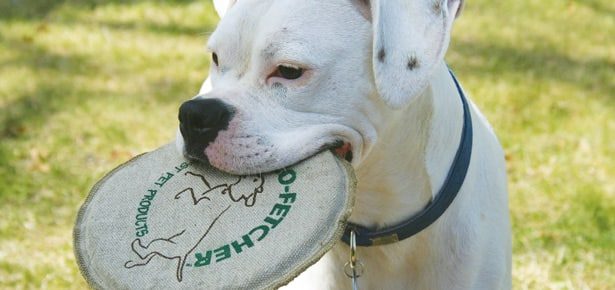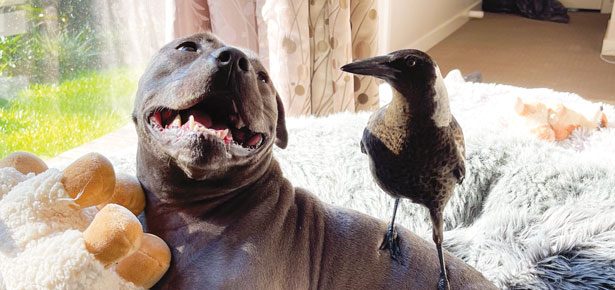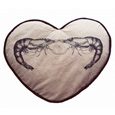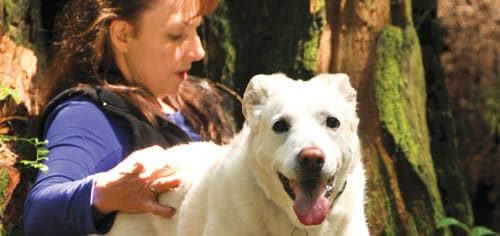
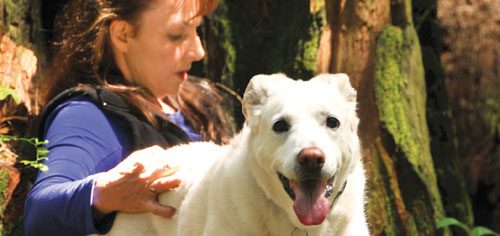
Geocaching
The 21st century hunt for treasure
We’re surrounded by stumps. Stumps of old dead cedar trees. Dark hollow eyes—cuts that at one time held springboards for loggers of long ago— watch me. Witch’s beard hangs from tree branches. A raven caws as if to frighten me away. No, I’m not scared. Not this time. I have Bruno and Tabu at my side and we’re determined.
An odour warns me of a bear fresh out of hibernation or skunk cabbage cooking in a swampy pond. If it’s a bear, I could make noise and scare it away, but that might attract the curious. I must hunt with extreme stealth. Bruno and Tabu can keep a lookout while I search for the hidden treasure.
It’s my third attempt at finding the cache near Eagle Mountain in British Columbia. I check my GPS. Close. I walk just a little to the north. The readout changes. Longitude: check! Latitude is off. Have to go east. Sooo close. My heart beats faster. I feel the rush, the thrill of the hunt. I’m near—within ten feet.
I look around trying to spot just that little something that might be out of place—not put there by Mother Nature. A tug from Bruno’s leash. Has he found it? I look down. Bruno, my Labrador/Border Collie is gnawing on a tasty maple branch and trying to manoeuvre it between two rocks. Tabu in her Cairn Terrier earthdog way has dug a six-inch hole in her hunt for buried decayed (or alive) things. “Bruno, Tabu! Extreme Stealth!” I remind them.
I’m one of nearly two million geocachers who participate in this rapidly growing sport in which over 800,000 active caches are hidden in nearly two hundred countries. In a week’s time, there can be 600,000 new logs written by 80,000 geocachers.
Equipped with a handheld GPSr, (Global Positioning System Receiver), coordinates of longitude and latitude, trail descriptions, and cryptic clues posted on a website, we’re ready to search for geocache treasure (geo meaning “earth” and cache from a French word invented in 1797 meaning “a hiding place to temporarily store items”).
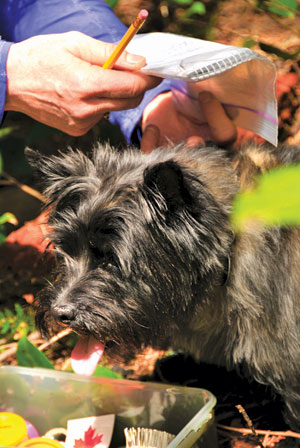
The idea took off like wildfire. Computer techies pushed away from computers and trekked into the wilds. The word stash changed to cache and a website, geocaching.com, was born.
As I continue to search in the forest under a canopy of trees, my mind wanders to the story about a businessman who, in the mid-1800s, while travelling in the English countryside, left his calling card hidden in a jar with instructions that whoever found the jar should add to it his own card. Soon after that, people began “planting” boxes with self-addressed letters or postcards as their calling cards. The next traveller who came along and found the box would take the letter, mail it, and leave a letter in its place. Sounds to me like, “Who’s got mail?” So-called “letterboxing” is still popular today, with an estimated 20,000 letterboxes hidden in North America alone (letterboxing.org). Maybe I’ll come across one in these woods.
Bruno and Tabu look thirsty. Time for a break. This morning, I packed water and goodies along with other supplies, including a journal, flashlight, extra batteries for my GPS, doggie bags, and medium plastic bags to take out any garbage I find. I have taken note of Cache In, Trash Out (CITO), an environmental initiative supported by the geocaching community and I feel I must do my part.
I hear fellow hikers approaching with their dogs. Muggles! (meaning “nongeocachers”). Mustn’t give away hiding spots: don’t look suspicious! Use stealth while hunting. This is also coyote, cougar, and bear territory. I have to be out before dark. Safety of my dogs is imperative. I can scare away a couple of coyotes with aggressive gestures and I’ve often seen the bum of a black bear running into the bush, but cougars lounge on branches. Okay, I’m just scaring myself to bits. Focus, focus on the cache!
I reach into my pocket for my printed instructions. I did everything right this time: step one, log onto the geocaching website. Step two, type in the location of the area I want to search (postal code or zip code) and sort through the many hits of hidden caches. Caches can be hidden anywhere from wilderness areas to inner city parks. There are theme caches, benchmark caches, and virtual caches designating a special point of interest: no container (like an ammo box) but instead, a dazzling sunset, grove of trees, or scenic panoramic view.
The cache listing that caught my eye told me to “Cache In” at this park. It also displayed the “dog friendly” icon. The level 
The narrative told me the cache is located just off the main trail. “Many of the trails are old logging roadbeds from the early 1900s. Old campsite artefacts can be seen.” I decoded the cryptic clue. “In the roots of a tree.” I packed my supplies, loaded the dogs in the car, and drove to the area near the coordinates. Upon arrival, I set my first waypoint marker as “car” (just in case I can’t find my way out).
It’s now getting late in the old forest. Bruno is getting antsy, Tabu, nasty. The late afternoon sun casts its light on exposed roots of an old cedar. There in plain view—something out of place. A stumpy log stuffed into exposed roots. I point the dogs in that direction and off we go. I drop to the ground. Drag the log away and there it is—the cache! We’ve found it.
Bruno and Tabu get a good sniff of something interesting. I pull the top off. A tennis ball and a small squishy ball. A dog brush. And something else: so-called “travel bug”—a metal dog tag with a unique tracking number stamped below the picture of a bug. The number can be tracked on the geocache site. A travel bug travels from cache to cache. While most treasures can be kept, travel bugs have to keep going, so I’ll leave it at my next find.
Following the geocacher’s prime directive of “If you take an item, leave an item of equal or greater value,” I take a ball and leave a couple of dog toys in the cache that I ever-so-carefully return to its hiding place deep within the roots of the old cedar tree.
It’s getting dark—time to go. I look around, listening. It’s here where the gang of frogs ribbit in the wetlands, the raven squawks, witch’s beard hangs, skunk cabbage reeks, and the dark eyes of burnt out stumps watch every step I make. I realize I‘ve found not only a geocache treasure but also—with Bruno and Tabu—I’ve discovered “YAPIDKA,” yet another park I didn’t know about.
Join the newsletter and never miss out on dog content again!
"*" indicates required fields
By clicking the arrow, you agree to our web Terms of Use and Privacy & Cookie Policy. Easy unsubscribe links are provided in every email.

